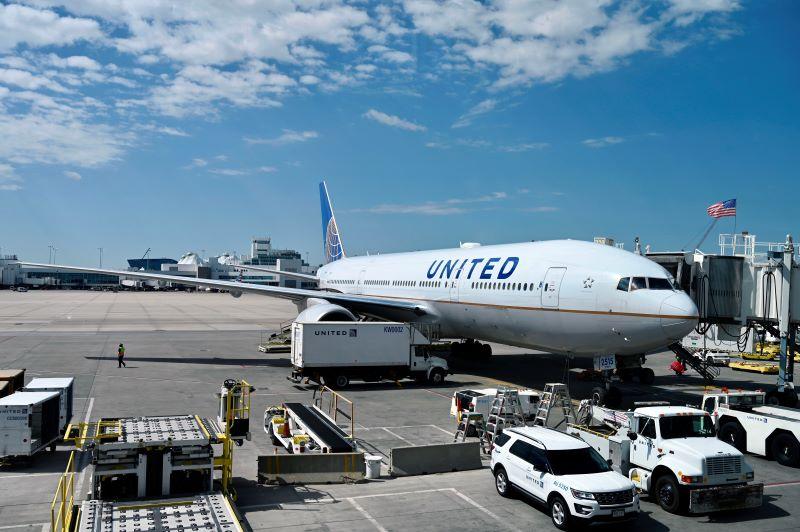
Following United Airlines’ massive June order for 270 Boeing and Airbus narrowbodies, the U.S. carrier’s focus for now is clearly on the single-aisle segment.
However, it retains large orders for new-generation widebody aircraft, including 45 Airbus A350-900 and its remaining three Boeing 787s.
The pace at which United accepts these aircraft will be determined by the speed of recovery in international markets, but the airline has also reiterated that it remains enthusiastic about the potential of its older widebodies, particularly its roughly 150 777 and 767s.
In a recent earnings call, chief commercial officer Andrew Nocella was keen to highlight the overall economics of the 767-300, which “between their size and trip costs, CASM and passenger comfort are really amazing machines,” adding that the aircraft would enable “many new routes that we're talking about that could otherwise I don't think be flown over the next few years, profitably”.
He was also quick to praise United’s maintenance team for stretching out the service lives of its older widebody fleet, opening the option to operate it “longer than I think people automatically assume”.
“Prior to the pandemic, we were thinking, many of them, particularly the 777 and 767 fleet, could go 30 years or more. And I'll give kudos to our maintenance team for keeping these aircraft in great shape.”
Another key factor in the longevity of United’s 777s and 767s has been their interior refits, which are now complete across the 777 fleet and almost finished on all its 767s. “We have a lot of brand new aircraft on the inside that have a long lifespan left,” concluded Nocella.





